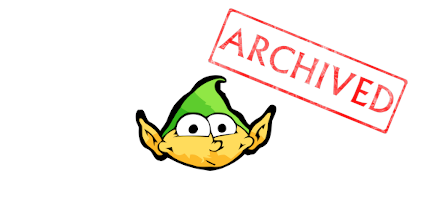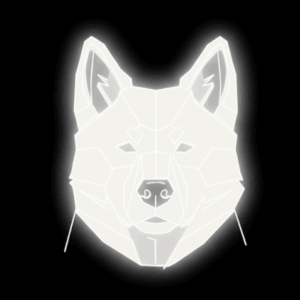Common Computer Terms A-Z – Elf Knows It [ARCHIVED]
Adware is free software that is supported by advertisements, sometimes an annoyance to the user.
Bandwidth refers to how much data you can send through a network or modem connection.
Command prompt,this is used in a text-based or “command-line” interface, such as a Unix terminal or a DOS shell.
Desktop, like a normal desk top it is used for quick access to commonly used items.
Ethernet is the most common type of connection computers use in a local area network (LAN).
Firewall, this limits the data that can pass through it and protects a networked server or client machine from damage by unauthorized users.
GUI is pronounced “gooey.” It refers to the graphical interface of a computer that allows users to click and drag objects with a mouse.
Hardware refers to the physical parts of a computer and related devices.
IP Address, this is an address made of numbers separated by dots, to identify a computer on a network, or the internet.
JPEG is a compressed image file format.
Keyboard shortcut, this is a key combination that performs a certain command, such as closing a window or saving a file.
Linux is a Unix-based operating system created by Linus Torvalds.
Malware, Short for “malicious software,” malware refers to software programs designed to damage or do other unwanted actions on a computer system
Network, when you have two or more computers connected to each other, you have a network.
Operating System, also known as an “OS,” this is the software that communicates with computer hardware on the most basic level.
Phishing is an attempt to steal your personal information, using a fake login screen or some other means of getting your information.
QWERTY is the term used to describe a standard alphabet keyboard layout.
RAM stands for “Random Access Memory,” When you load a program on your computer it is loaded into RAM from the Hard Drive.
Spyware can capture information like Web browsing habits, e-mail messages, usernames and passwords, and credit card information.
Trojan Horses are software programs that masquerade as regular programs, such as games, disk utilities, and even anti-virus programs. But if they are run, these programs can do malicious things to your computer.
URL, this is the address of a specific Web site or file on the Internet.
Viruses are malicious programs that can create files, move files, erase files, consume your computer’s memory, and cause your computer not to function correctly.
Web 2.0 is the term that was introduced in 2004 and refers to the second generation of the World Wide Web.
XML is a general-purpose specification for creating custom markup languages.
Zip is a term used to compress or shrink the size of a file(s).


